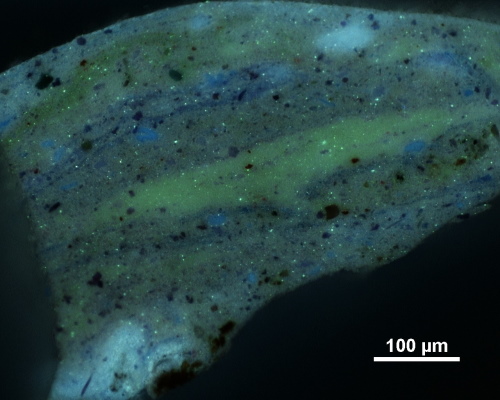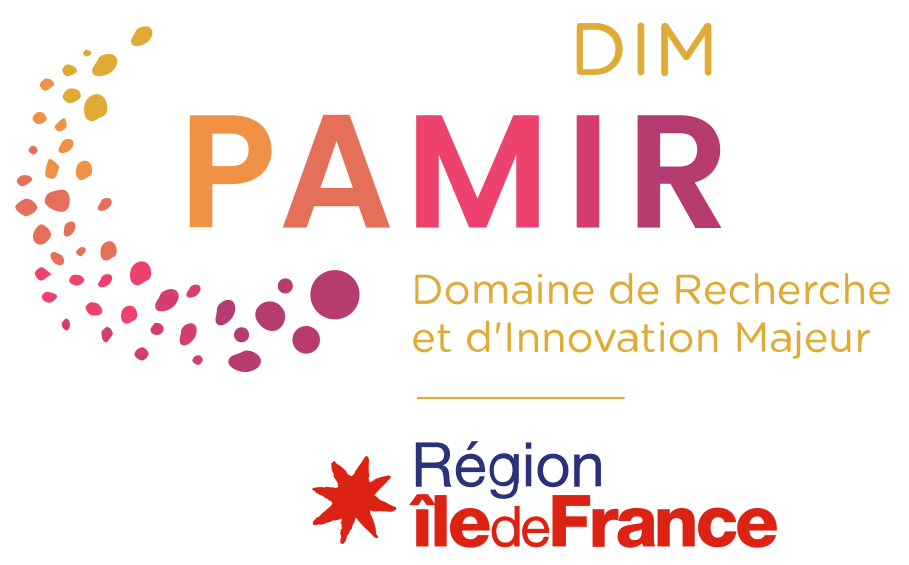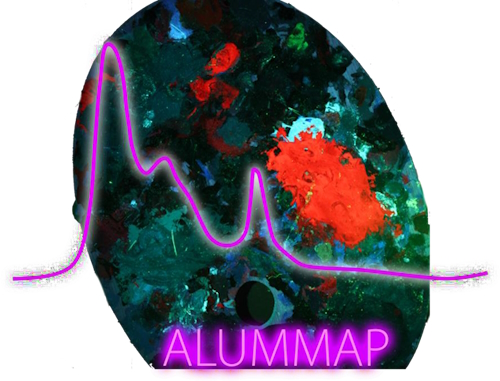
Diagnosis, behavior prediction and remediation strategies
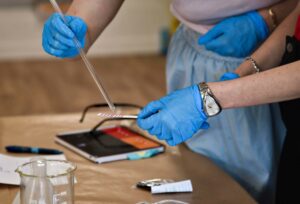
The fate of an object, whatever its size (nanometric to monumental), its origin and its chemical nature (mineral, organic, metallic or hybrid) is to evolve irremediably with time and the environment that surrounds it. The DIM encourages strong interactions between the implementation of conservation-restoration processes and upstream research on the bio-physical-chemical processes that control the different stages of evolution of objects, by their alteration or fossilization/mineralization.
This axis favors the close articulation between multi-scale physico-chemical diagnosis and the implementation of conceptual or statistical models allowing a better understanding of the phenomena, beyond the specific object studied. The use of chemical-transport or geochemical models is a particularly suitable approach to study and predict the long-term behavior of heritage materials, leading to the production of decision-making tools for scientists and heritage professionals.
It is also a question of promoting “sustainable” research on conservation-restoration issues. The use of non-destructive or non-invasive techniques in diagnosis is matched by the development of “green restoration” methodologies that respect and protect the object and its environment in order to perpetuate its longevity. Particular attention is paid to study the impact of the environment on the behavior of sensitive materials, which are highly reactive to climatic variations, pollutants or light, with the aim of setting up preventive conservation strategies that respect the challenges of sustainable development and of tracing back the atmospheric conditions of the past (pollutants, etc.). Because each object is a bearer of stories to be passed on, projects that shed light on the causes, evolution and conservation-restoration mechanisms of these heritage objects are expected in this axis.
Projects : Diagnosis, behavior prediction and remediation strategies" (81)

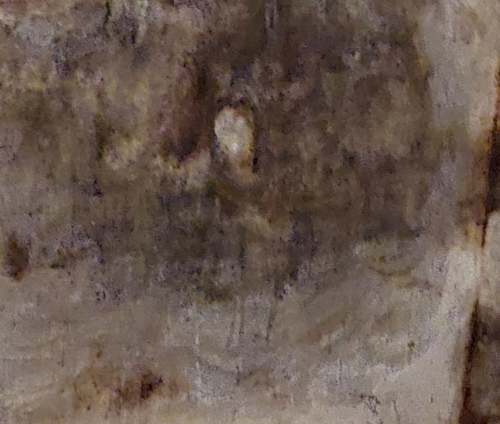
ANGELSHARE

ARCH

BIOCARE
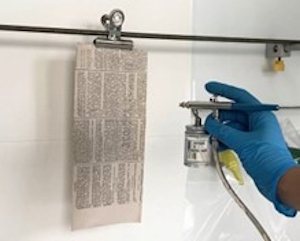
BIOREM
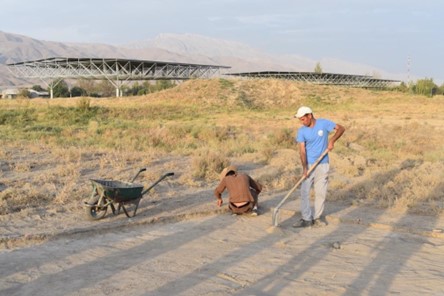
BOISARAZM
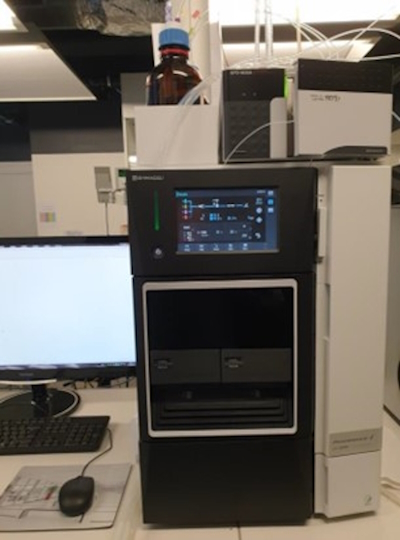
CHROMAPAT
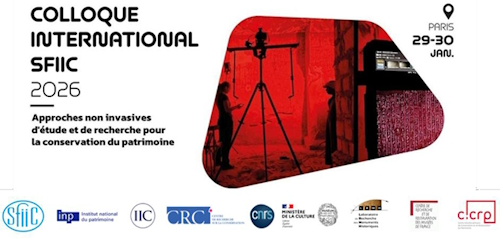
CIANISFIIC
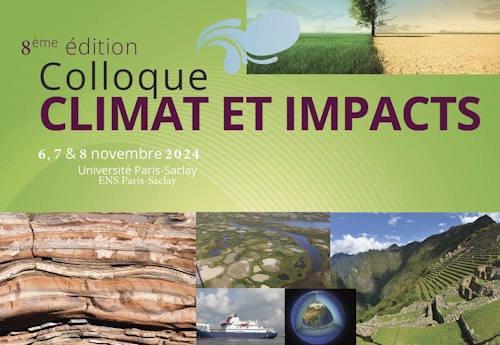
CLIMAT-IMPACTS
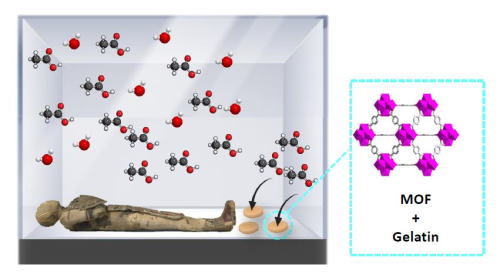
COBRA
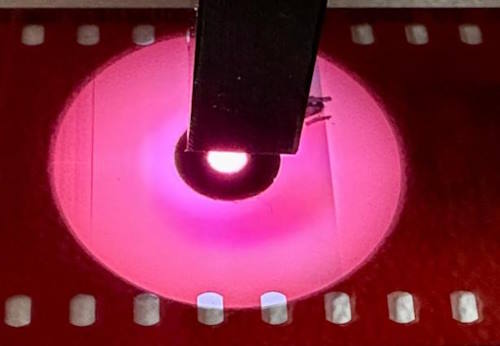
COLTRAN
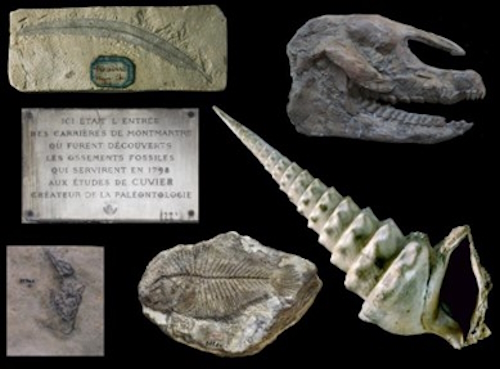
CONGRESAPF

CORE
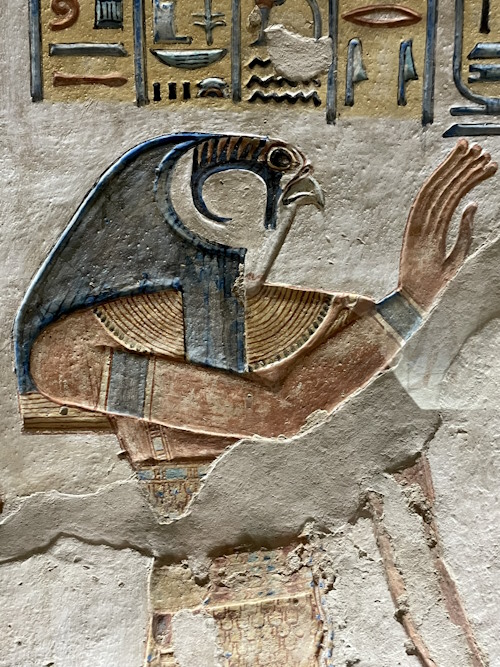
COREI
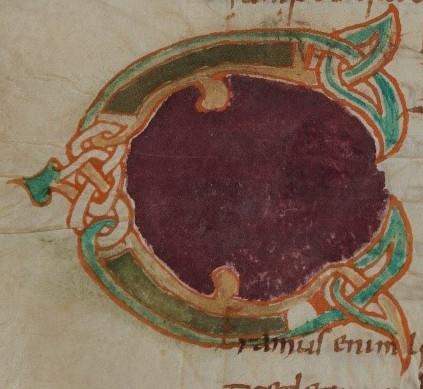
DEEP-PURPLE
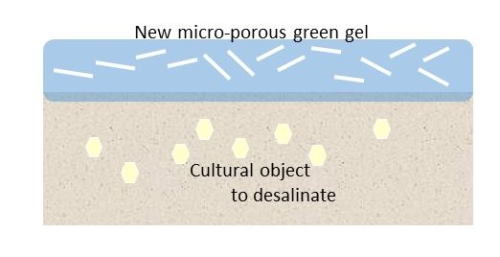
DEGEL
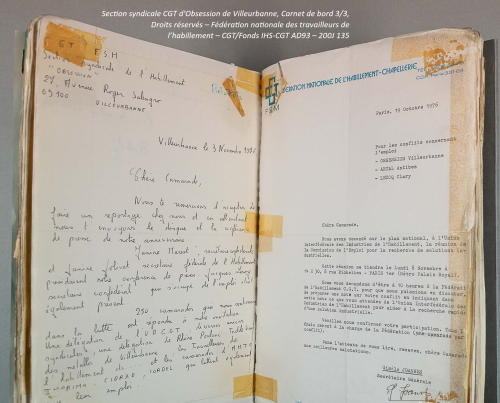
DEGRAA-D
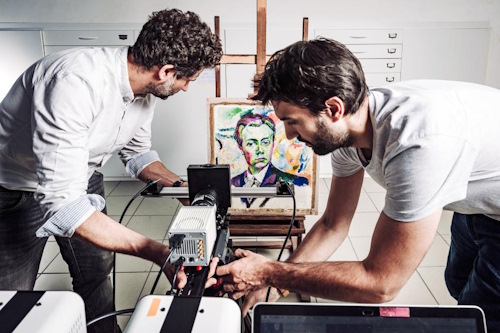
Delaunay
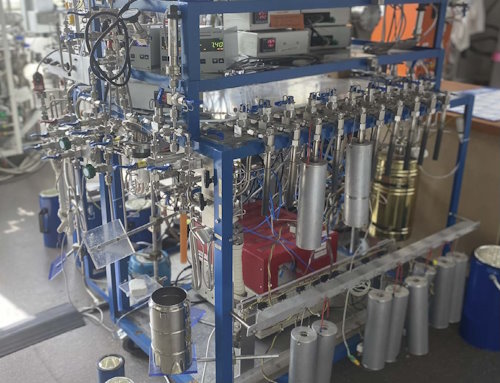
DUAL-CLUMPED
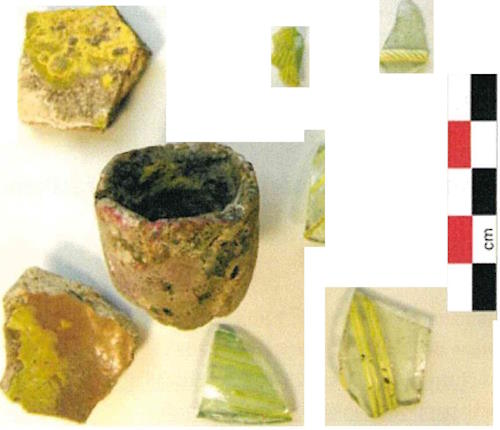
DURAVERHA
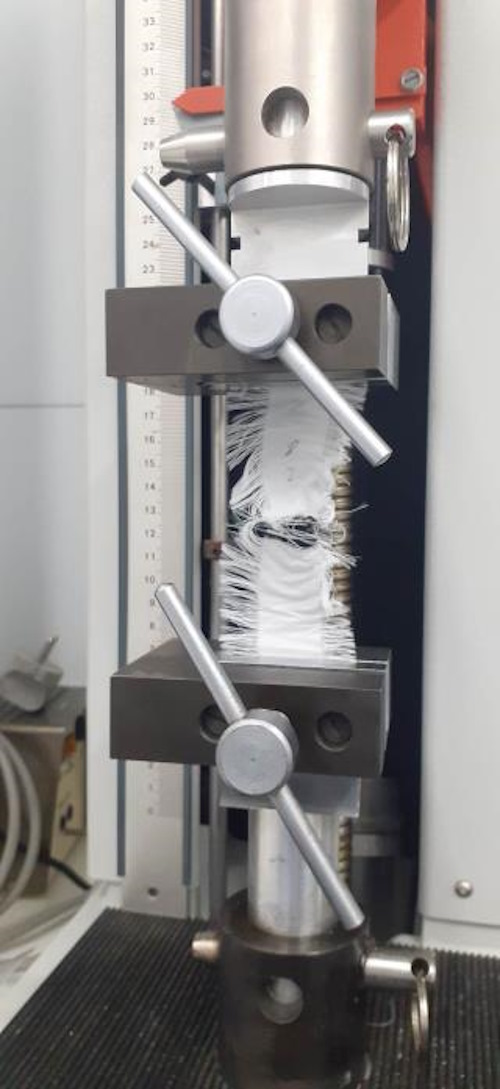
DYREFORM
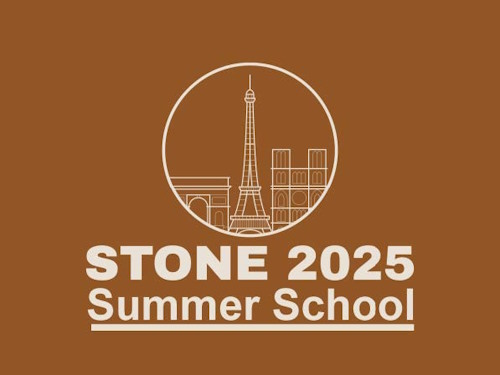
EcoleSTONE
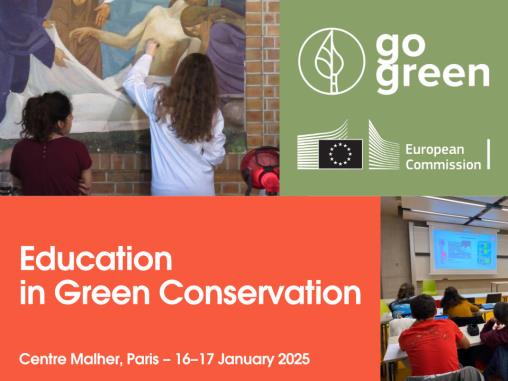
EduGreen
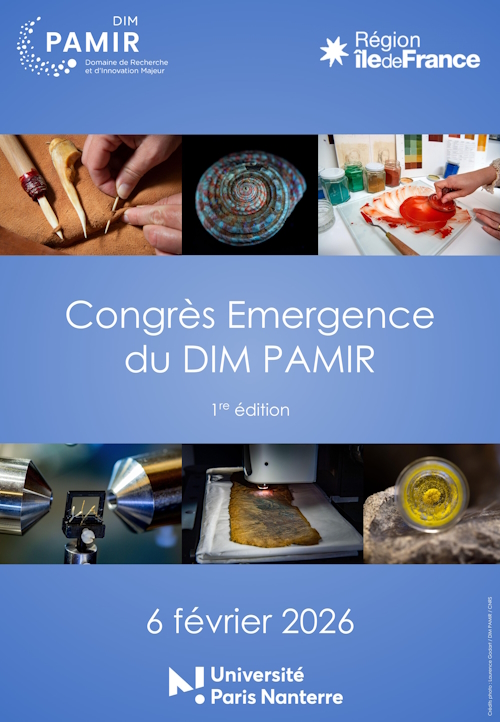
Emergence (1)
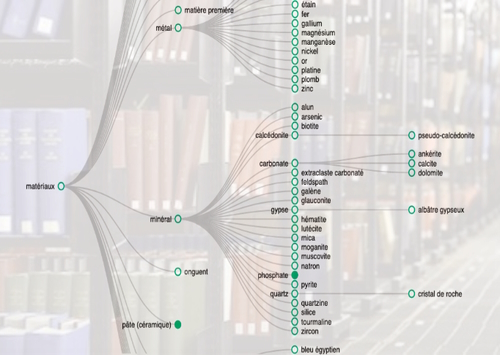
EvocSpa
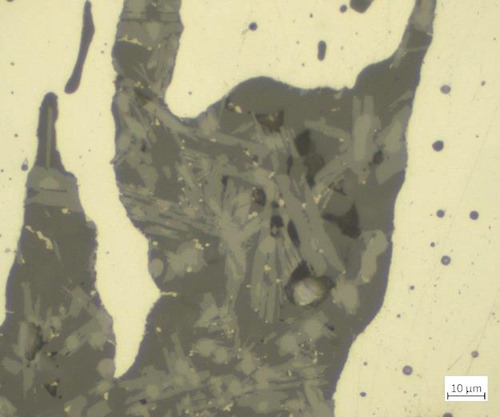
FerPudChim
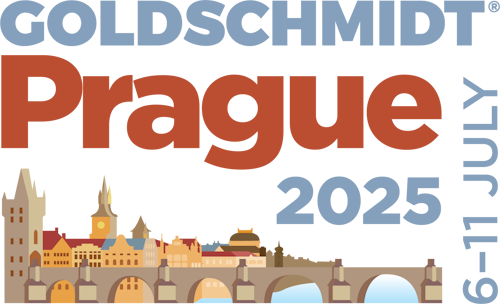
Goldschmidt 2025
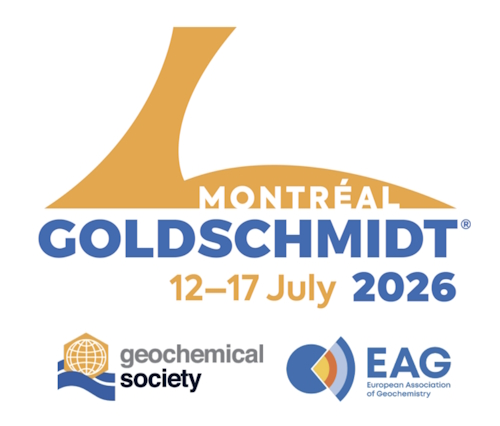
Goldschmidt 2026
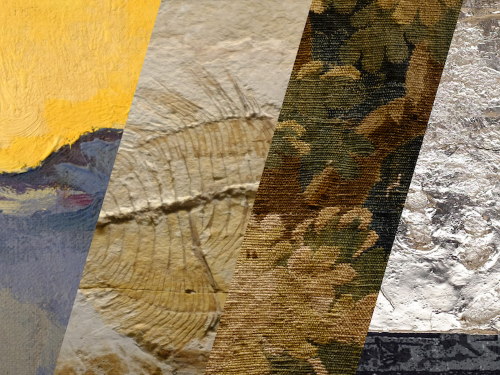
Gordon 2024

Gordon 2026
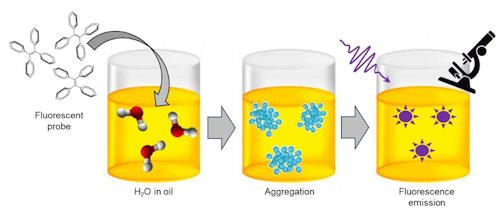
H2Oil
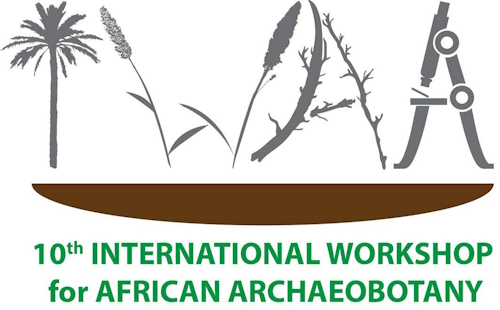
IWAA10
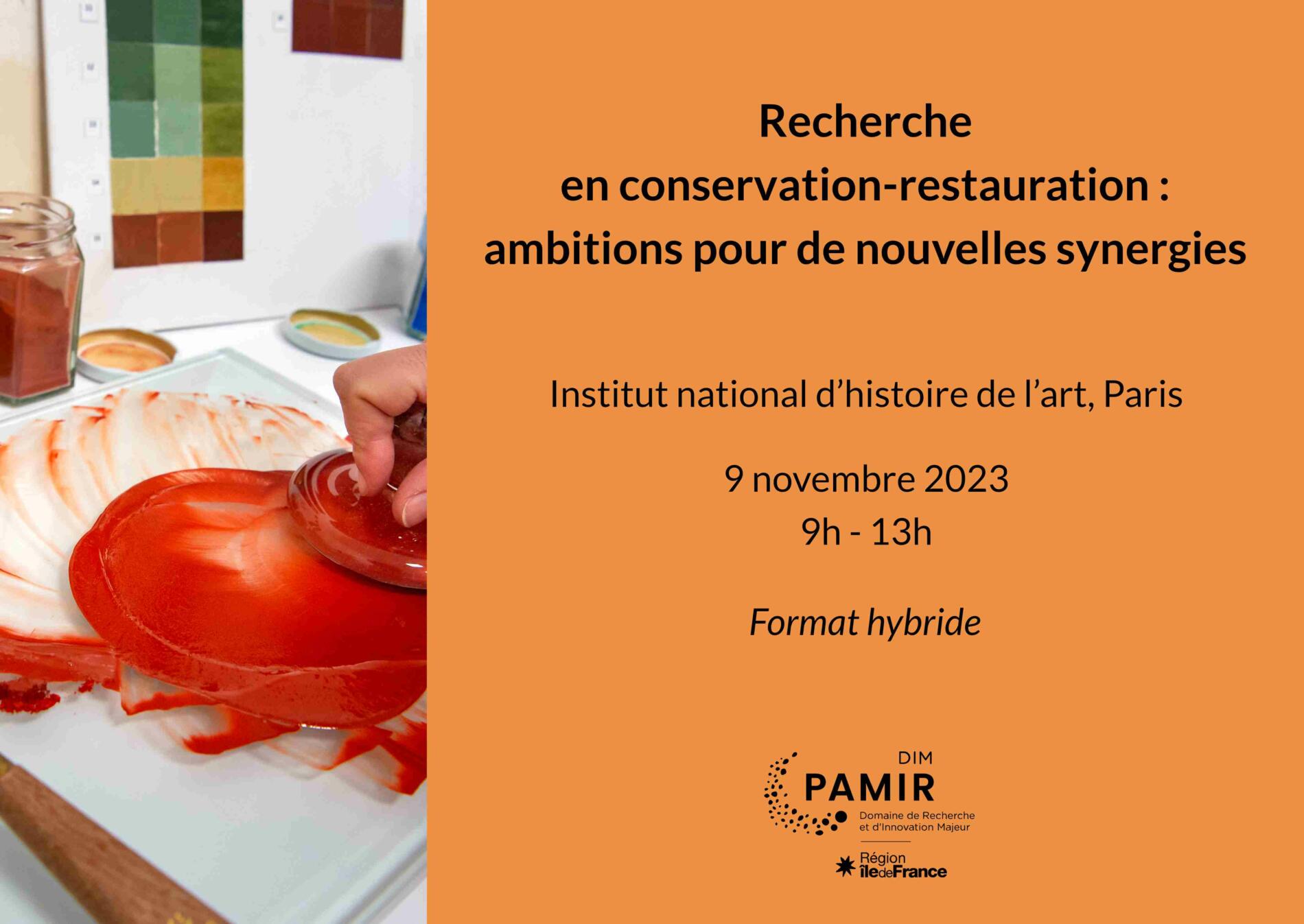
JERCS (1)
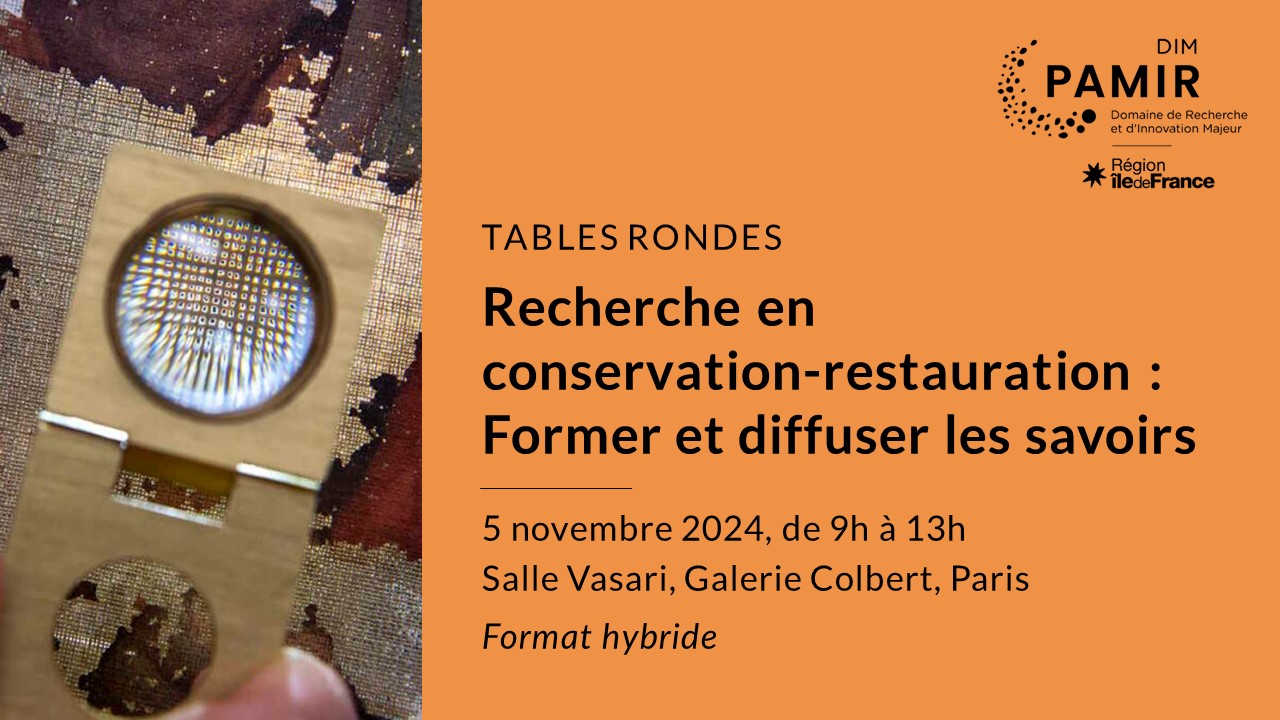
JERCS (2)
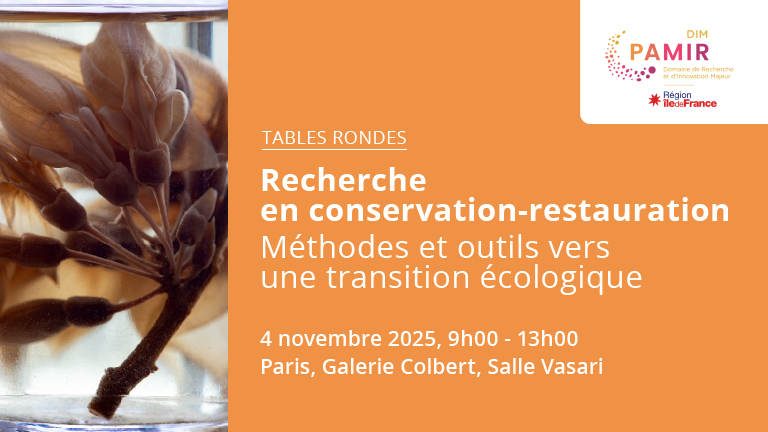
JERCS (3)
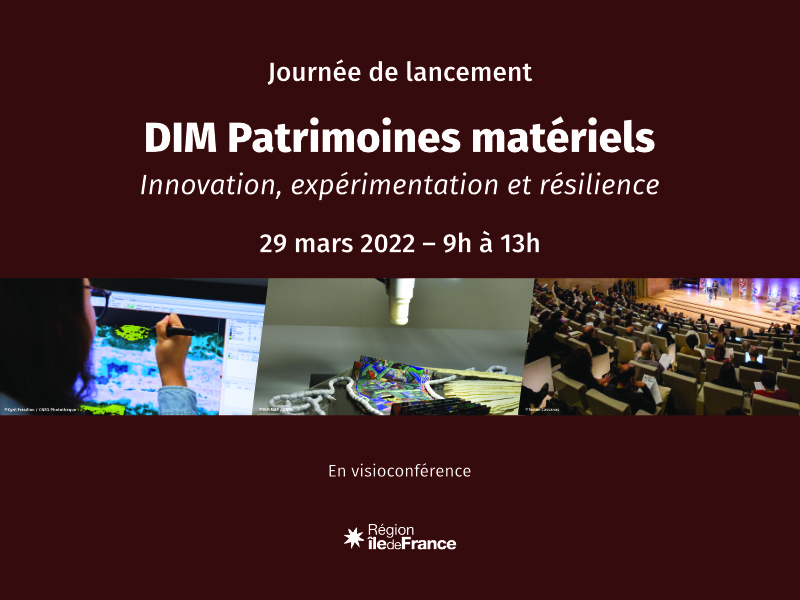
Launch day of the DIM PAMIR
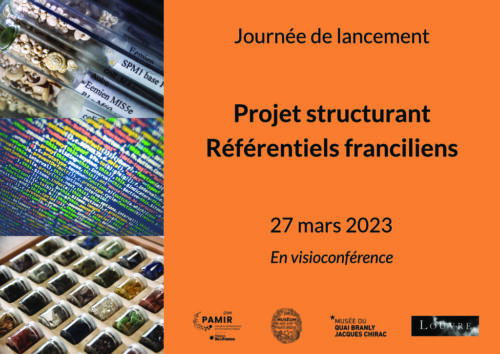
Launch day of the structuring project Référentiels franciliens
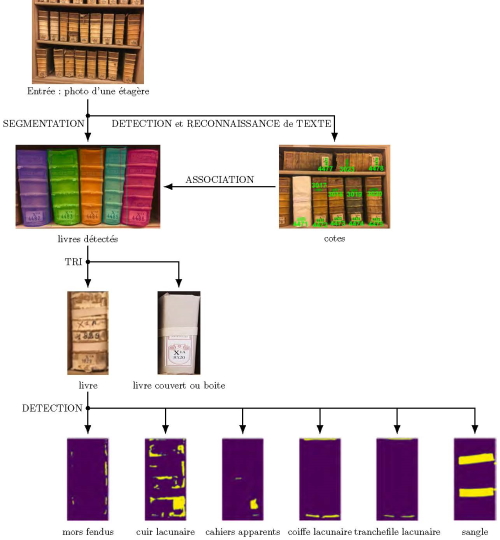
LIVIA
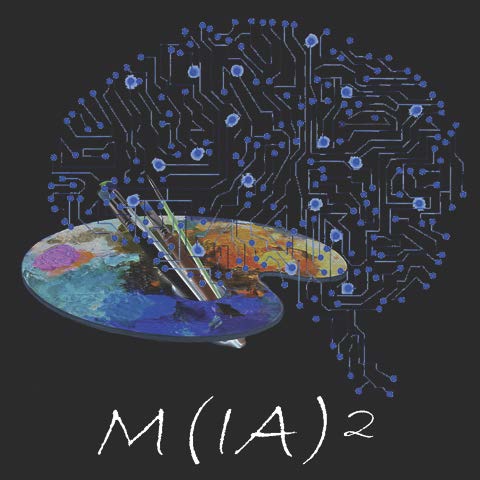
M(IA)2
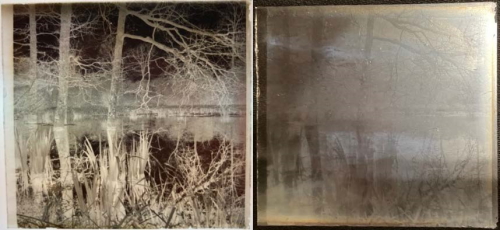
MANA
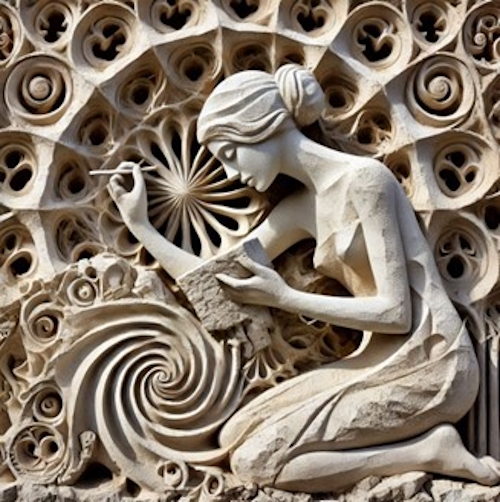
MECHA
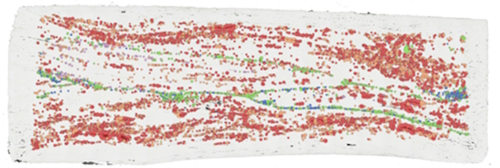
METAMEB
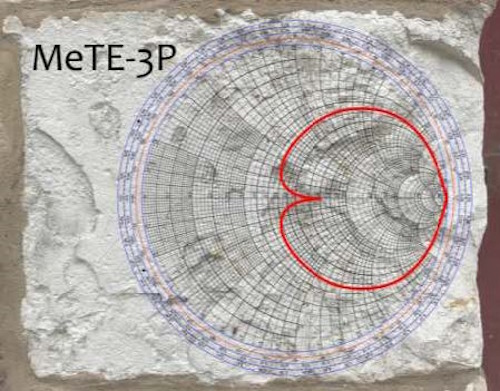
MeTE-3P
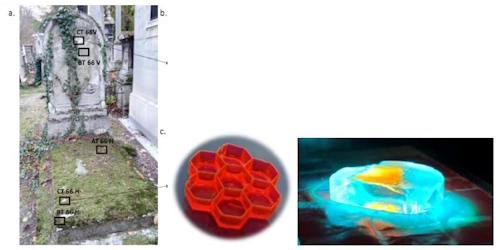
MIAM-test
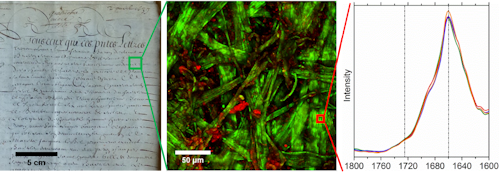
MIMIC
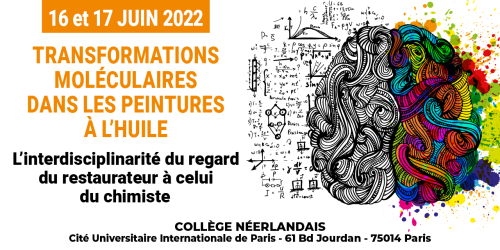
MolTransPaint
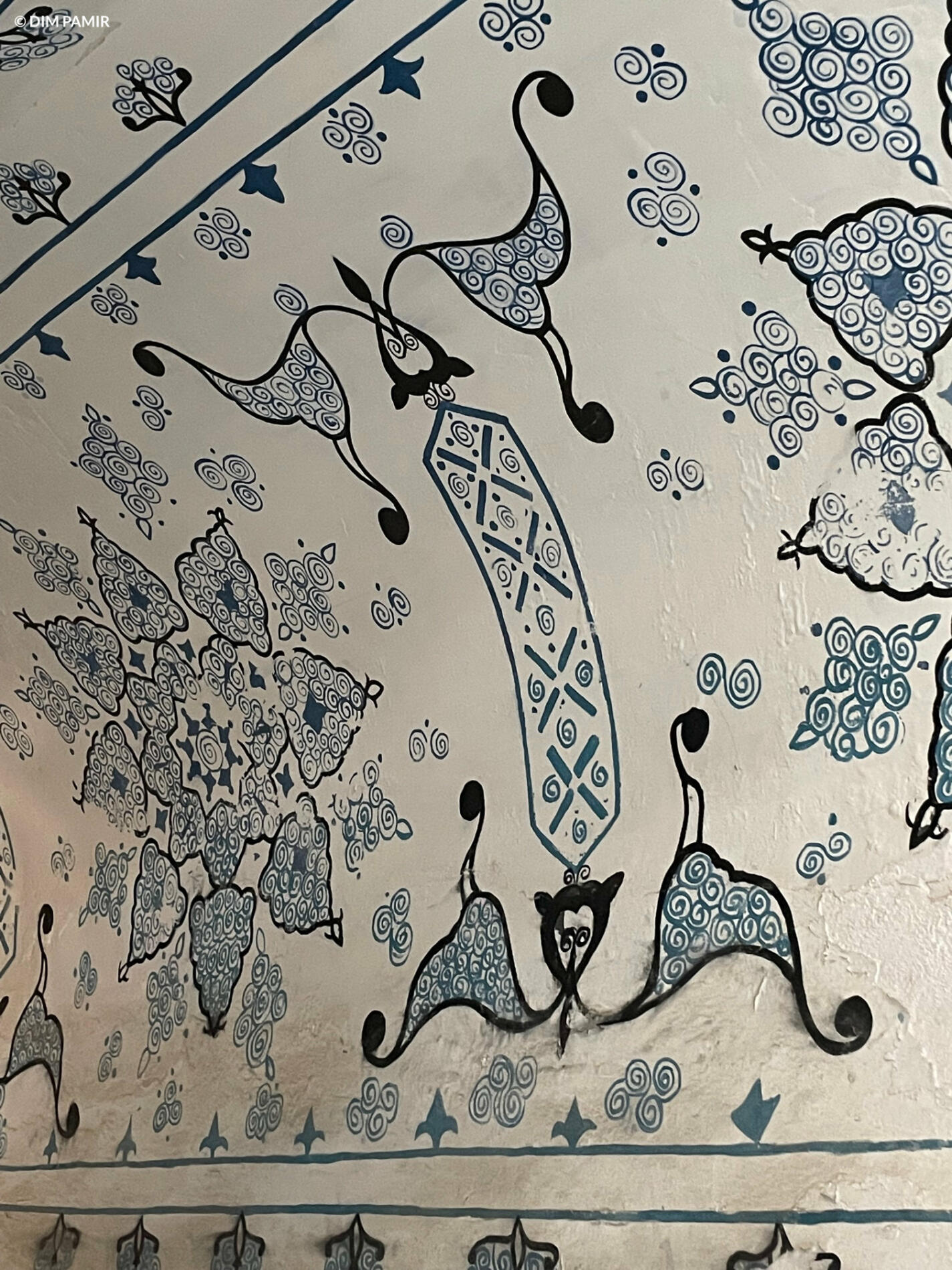
MP2R (1)
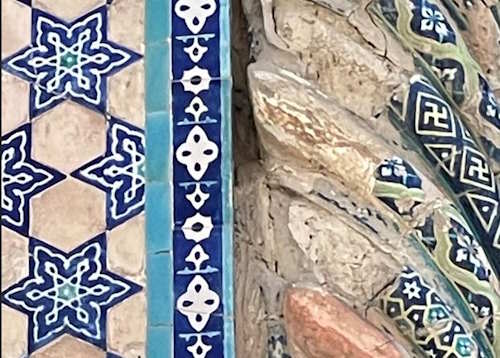
MP2R (2)
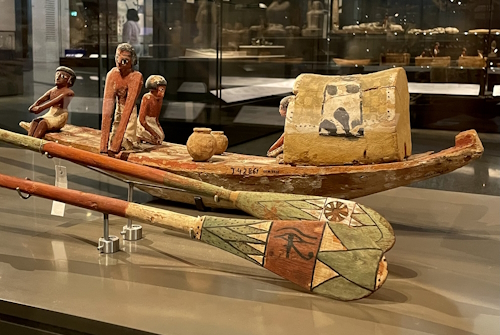
PAMIR-AIEA
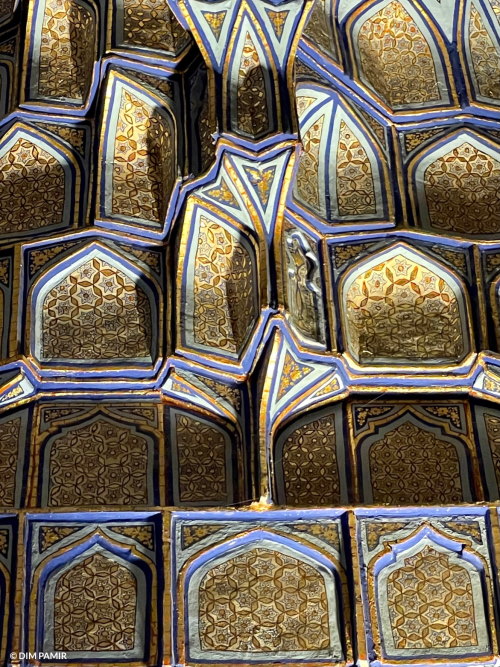
Photo exhibition
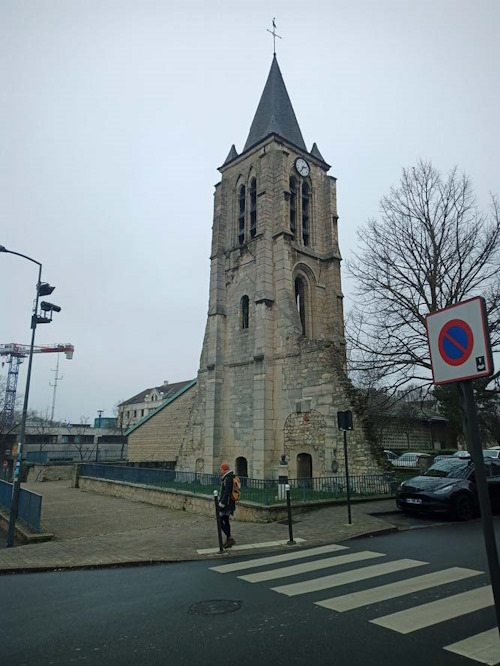
PRISM
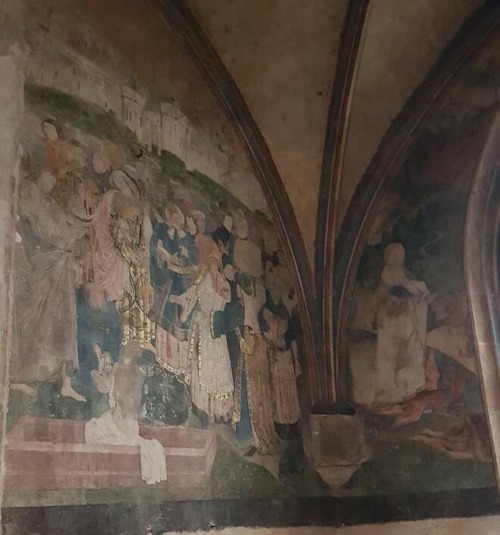
PROPALIM
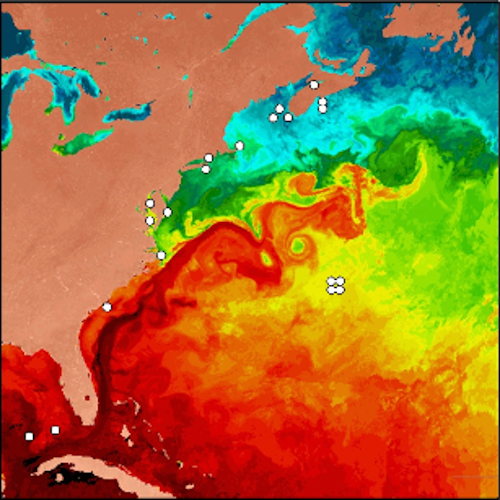
PROTOTYMA
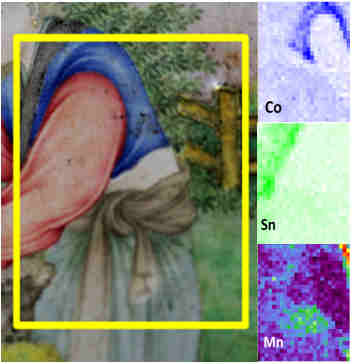
pXRF-MONARIS
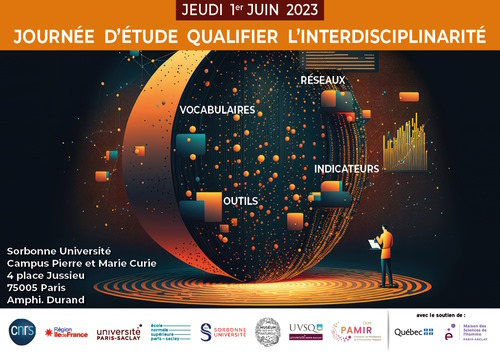
Qualifying interdisciplinarity : vocabularies, networks, tools and indicators
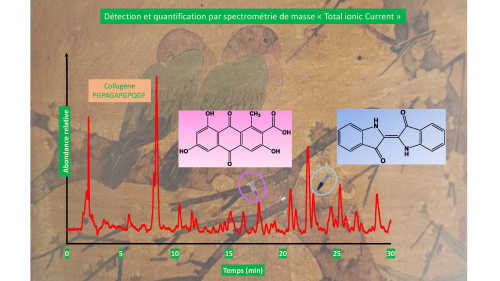
QuanOrgSen
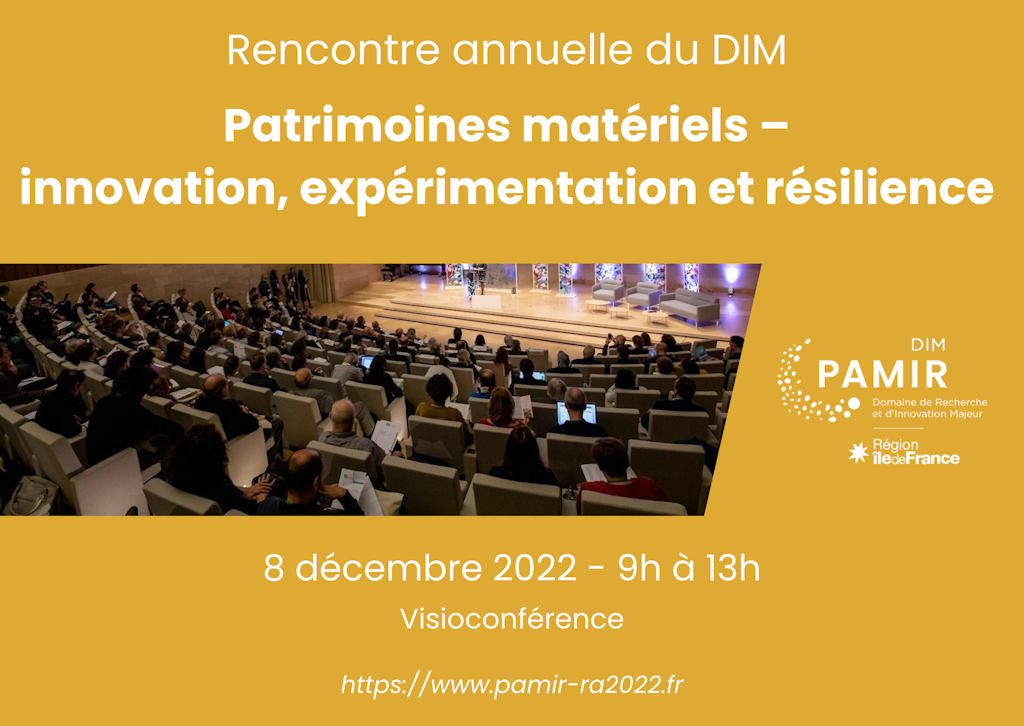
RA 2022
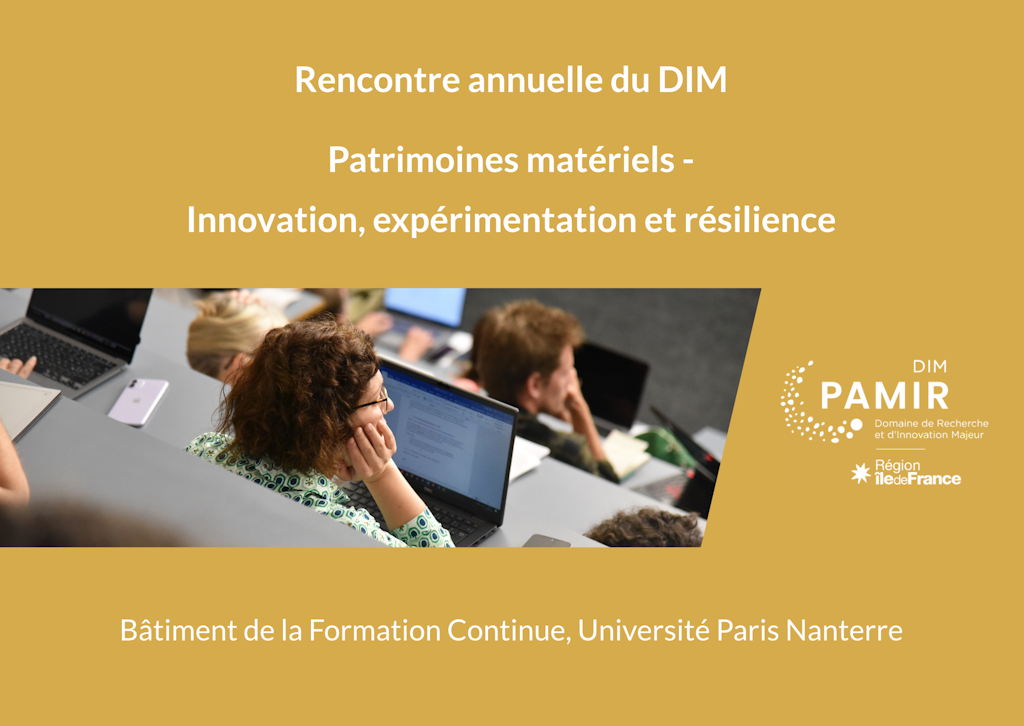
RA 2023
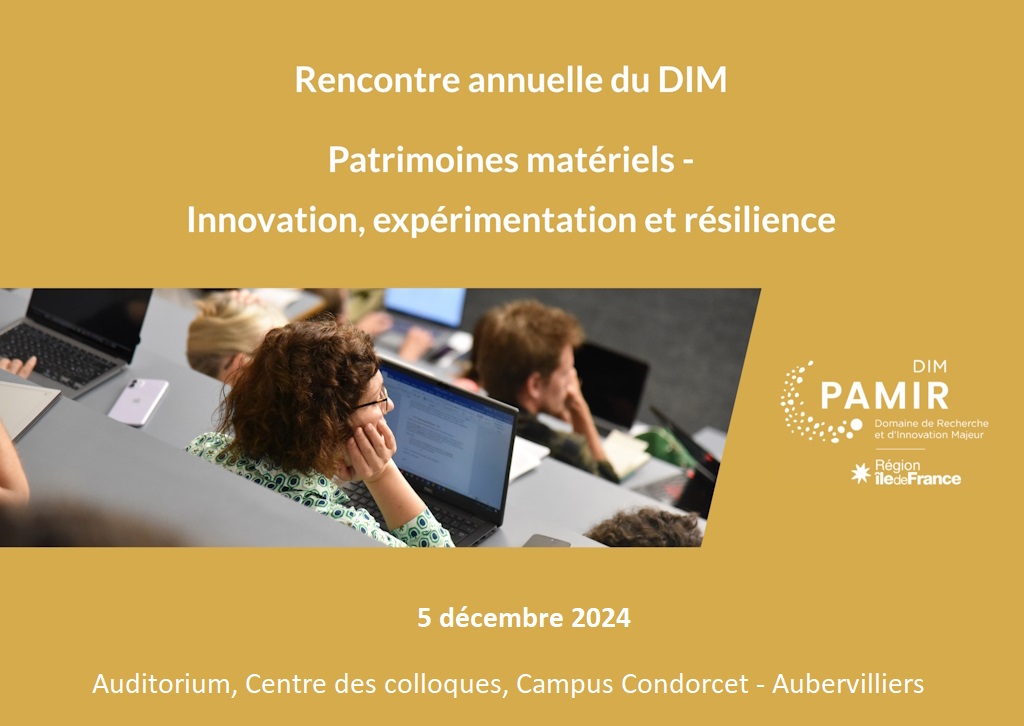
RA 2024
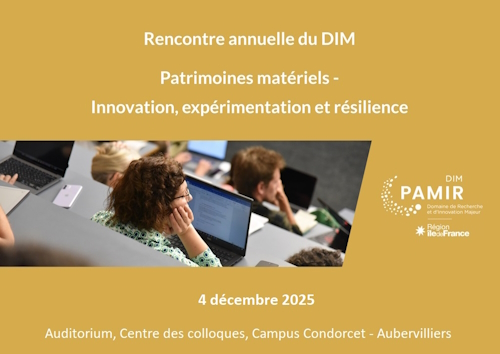
RA 2025
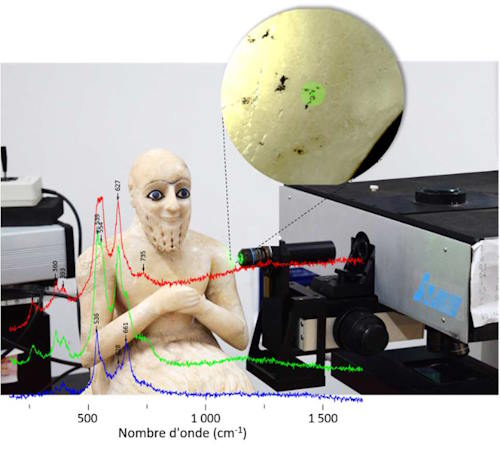
RAMPAT
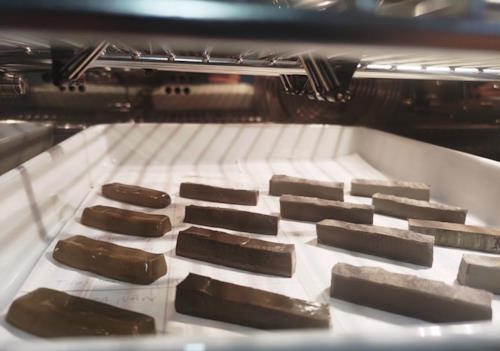
RUBBER-AGE
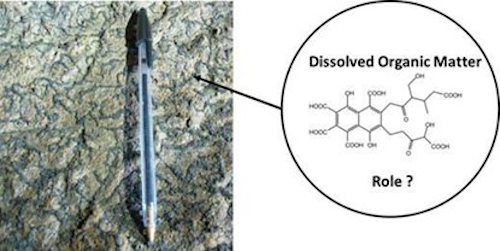
S-DOC
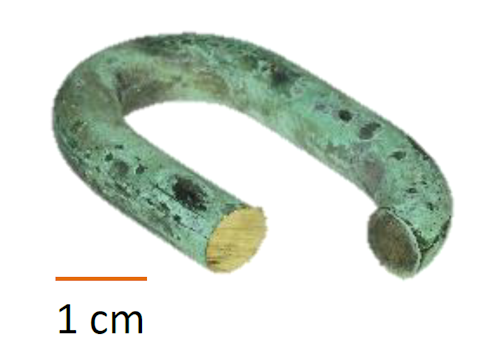
ScieCoPat

SO-DS
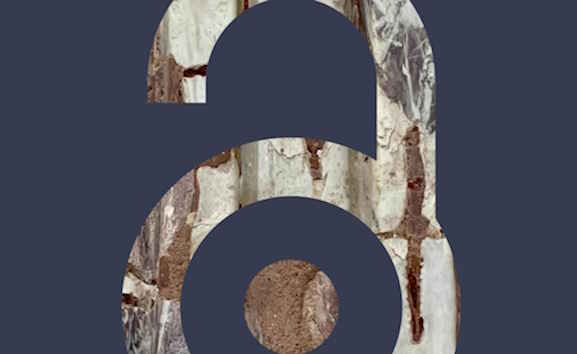
SO-DSP
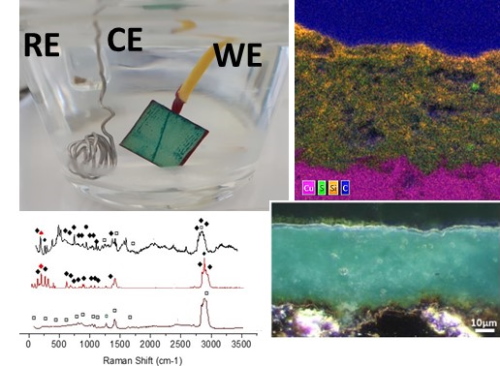
SolGelElec
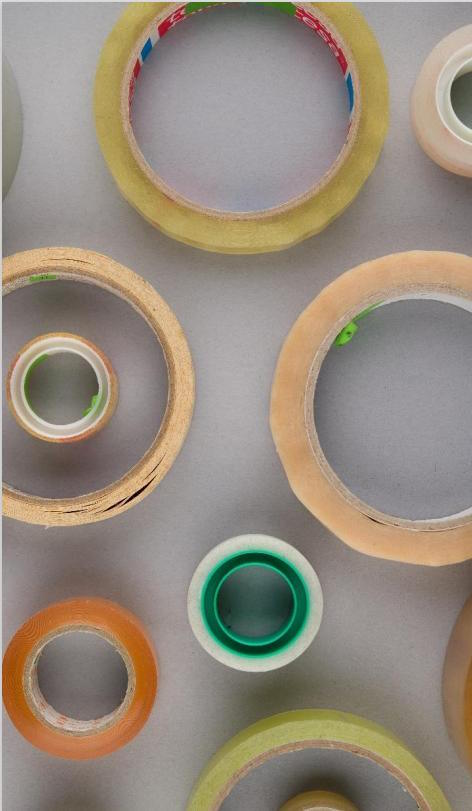
SPECTRAA
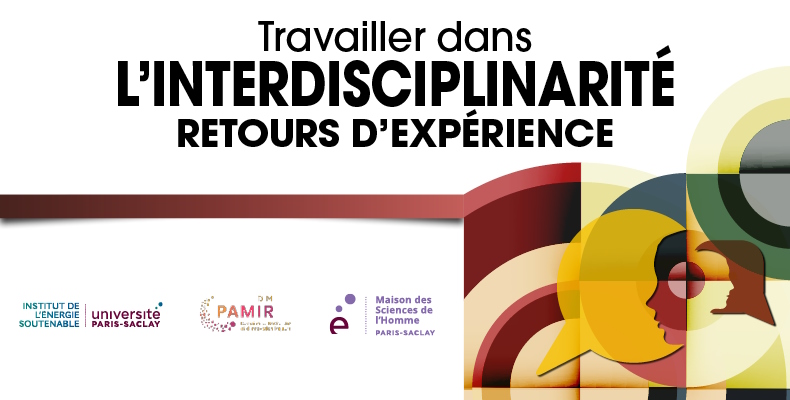
Study day L’interdisciplinarité en action : les réseaux, les infrastructures
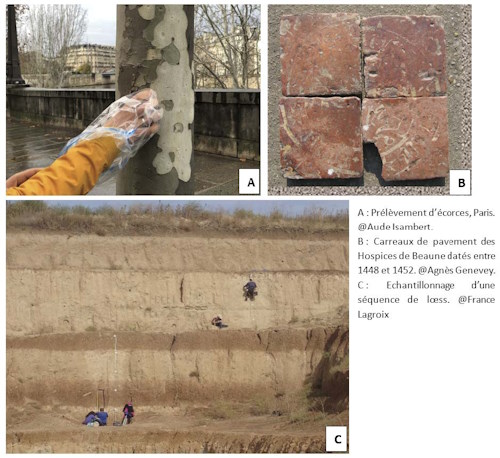
SUMAG
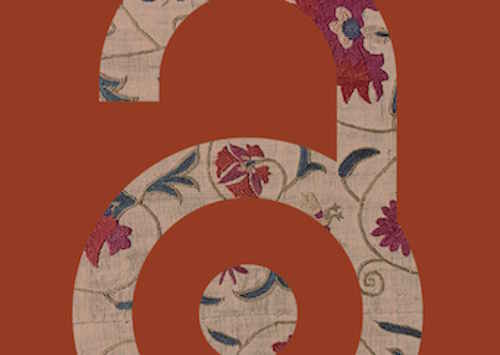
TD-SO (2)

TD-SO (3)
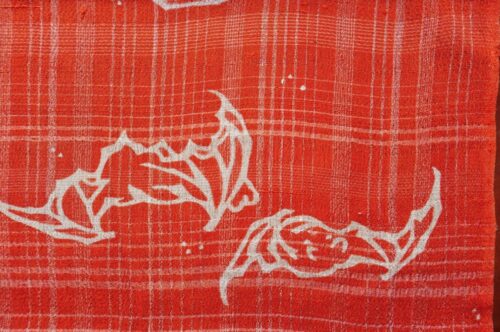
TUSSA
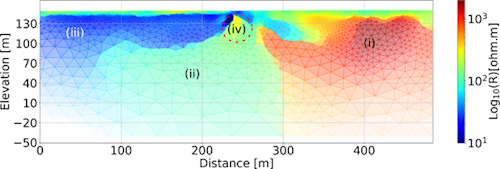
UbiquiToRe

UnETeP
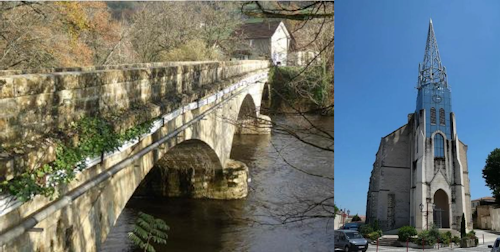
VIMAS
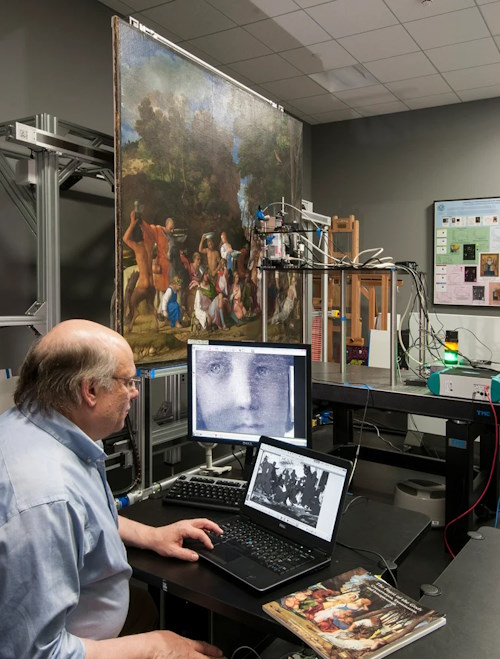
VisDelaney

Workshop DOPAMINE (5)

Workshop DOPAMINE (6)

Workshop DOPAMINE (7)
